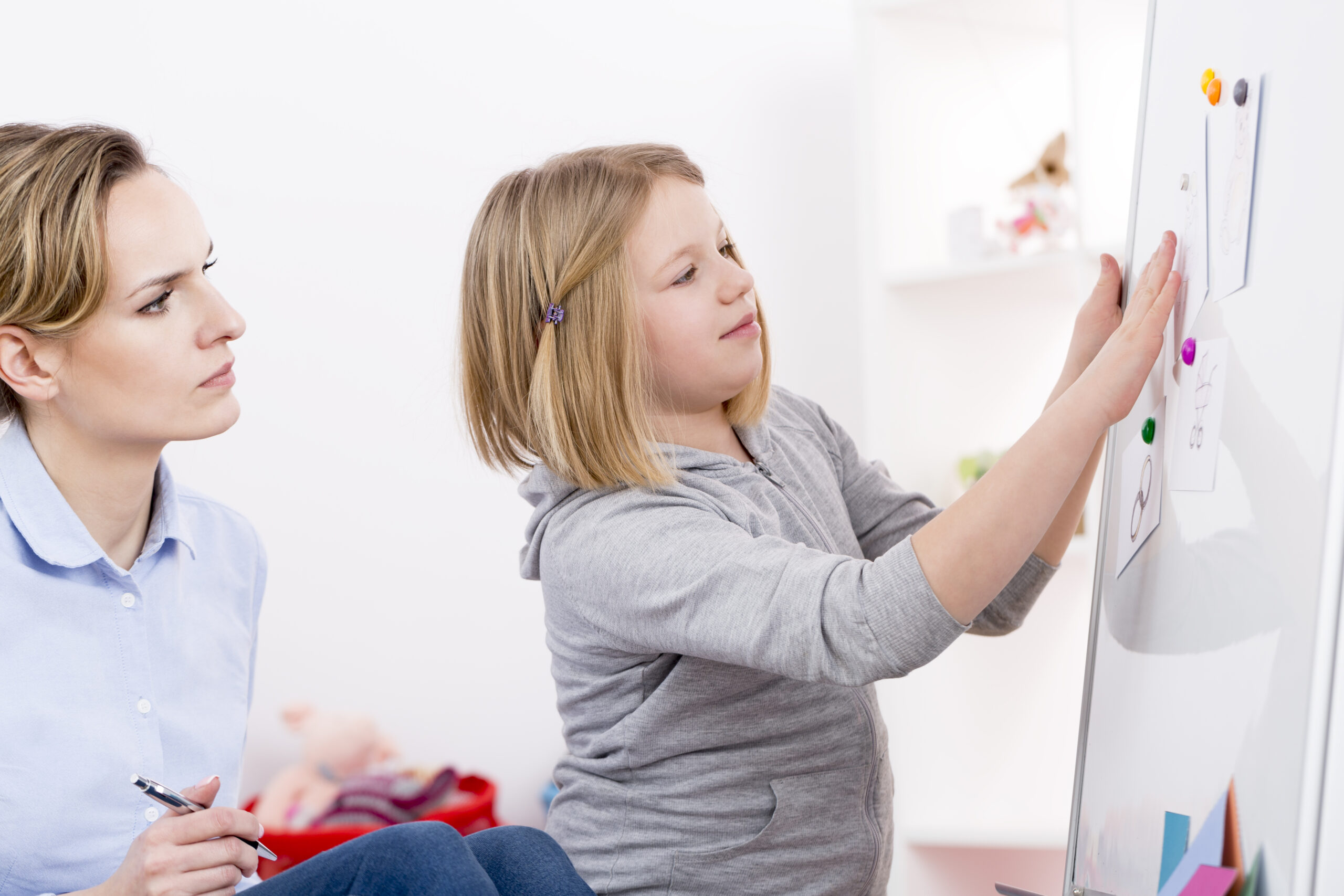How to Connect to a Child with Autism
Connecting with a child with Autism Spectrum Disorder (ASD) can sometimes be challenging for family members, parents, and therapists. Interacting with individuals on the spectrum may lead to feelings of overwhelm and frustration. However, it is important to remember that there are strategies that can help reduce negative emotions and foster enjoyable and meaningful connections with children with ASD.
8 Strategies for Meaningful Interactions
- Observe and Identify Interests: Taking the time to observe and identify a child’s specific interests is crucial. Pay attention to what captures their attention, the activities they engage in, and the toys or objects they gravitate towards. Whether it’s cards, books, dinosaurs, or dolls, understanding their interests serves as a starting point for building a connection.
- Join in the Child’s Activity: Once you have identified the child’s interests, actively engage in the activity or play they are involved in. For example, if the child is playing with blocks, join them in building structures. Be creative by pretending to be an excavator picking up blocks and stacking them. By joining the child in their preferred activity, you demonstrate genuine interest and create a common ground for interaction.
- Imitate and Mirror: Children with ASD often respond positively to imitation and mirroring. If the child is clapping their hands, imitate their actions by clapping along. Use music to accompany these imitation actions, such as singing “If You’re Happy and You Know It.” Mirroring helps establish rapport and makes the child feel more comfortable and connected to you.
- Extend on Their Interests: After joining the child in their preferred activity, try to expand on it by introducing new elements or ideas related to their interests. For instance, if the child is interested in dinosaurs, suggest reading books about dinosaurs or engage in pretend play with dinosaur toys. By expanding on their interests, you not only foster engagement but also provide new learning opportunities.
- Use the Child’s Interest as a Bridge: Incorporate the child’s interest into other activities or goals you may have. For example, if you want the child to work on fine motor skills, use their interest in cars to engage them in a task that involves manipulating small car-related objects or assembling toy cars. By using their passion as motivation, you can achieve other objectives while keeping them engaged.
- Be Flexible and Open-Minded: To connect with a child with ASD, it is important to be flexible and open-minded. They may have unique ways of playing or engaging with the world, and it is essential to meet them at their level. Adapt your approach and expectations to align with their interests and preferred style of interaction. Put yourself in their shoes, forget that you are an adult, and think like a kid.
- Use Their Interest for Communication: Some children with ASD may struggle with verbal communication, but their interests can provide a pathway for communication. Use their preferred activities or objects as a means to initiate conversation or prompt them to express themselves. For example, if a child loves animals, ask them questions about their favorite animal or encourage them to label or imitate animal sounds. Modeling appropriate play and interaction using their interests can be a powerful communication tool.
- Be Patient and Respectful: Building a connection with a child with ASD takes time and patience. Respect their boundaries and pace of interaction. Some children may need breaks or may not want to engage in certain activities at times. Be understanding and give them space when needed while remaining available and supportive. Remember, each child with ASD is unique, and their needs can vary significantly. Follow the child’s lead, acknowledge their preferences and interests, and create a sense of trust. Working on building a connection on their terms will eventually lead to more meaningful and enjoyable interactions.

Conclusion
Connecting with a child with Autism Spectrum Disorder requires understanding, patience, and a willingness to meet them at their level. By observing and identifying their interests, joining in their activities, and using their passions as a bridge, you can establish a strong connection. Through flexibility, open-mindedness, and utilizing their interests for communication, you can create an environment that promotes growth and understanding. Finally, by being patient, respectful, and adaptable, you can foster a meaningful and enjoyable connection with a child with ASD.
Also read: How To Handle Autism Meltdowns
About Olga Sirbu
My name is Olga Sirbu, I am a Board Certified Behavior Analyst (BCBA) and Licensed Applied Behavioral Analyst. My goal is to support and empower families and individuals on the autism spectrum.
Autism Advance is dedicated to training parents and caregivers, providing practical tips, and teaching individuals how to educate kids with autism.
I share evidence-based practices to help you better understand and support individuals with autism. Learn practical strategies to help individuals with autism reach their full potential, as well as gain a deeper understanding and acceptance of autism.
Thank you for considering Autism Advance as a resource for your autism journey.








